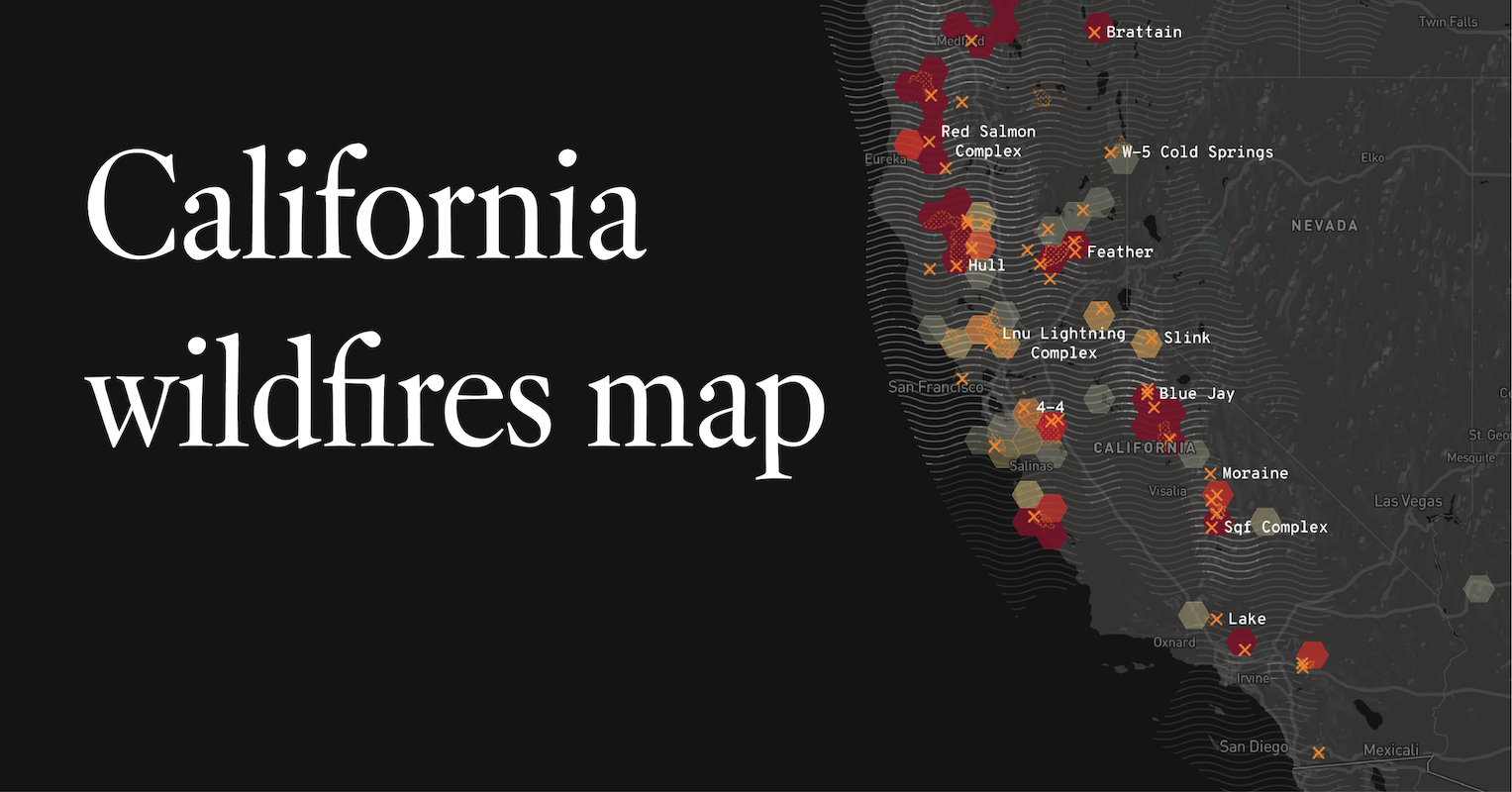
Thousands of Acres Scorched in Devastating Los Angeles Wildfires
Summary
Unprecedented wildfires have ravaged vast expanses of Los Angeles, leaving behind a trail of destruction and environmental devastation. Thousands of acres have succumbed to the relentless flames, forcing tens of thousands of residents to evacuate, disrupting livelihoods, and leaving communities in disarray. This critical analysis delves into the complexities of these fires, exploring their devastating impacts, examining various perspectives, and proposing potential strategies to mitigate their occurrence and mitigate their consequences in the future.
The Unfolding Catastrophe
Fueled by extreme heat, drought conditions, and strong winds, the wildfires have consumed an unprecedented area, with several blazes merging to create a firestorm that has scorched tens of thousands of acres. The staggering scale of the disaster has resulted in a state of emergency declaration, with mandatory evacuations and road closures disrupting daily life and emergency services stretched to their limits. Satellite imagery reveals the extent of the devastation, with charred landscapes and thick plumes of smoke blanketing the region.
Human and Environmental Consequences
The wildfires have exacted a heavy toll on the human population, with several fatalities and numerous injuries reported. Many have lost their homes and livelihoods, as entire neighborhoods have been reduced to ashes. The smoke and air pollution from the fires pose significant health hazards to vulnerable populations, including the elderly, children, and those with respiratory conditions. The environmental impact is equally dire, with wildlife habitats destroyed, biodiversity threatened, and the delicate balance of ecosystems disrupted.
Multiple Perspectives on the Disaster
The causes and consequences of the wildfires have sparked multifaceted debates among experts, policymakers, and community members. Some attribute the disaster to climate change, highlighting the increased frequency and intensity of extreme weather events. Others point to land-use policies and inadequate fire management practices as contributing factors. Stakeholders in various sectors, including environmental groups, insurance companies, and public officials, offer diverse perspectives on the challenges and solutions.
Urban expansion into fire-prone areas, coupled with a lack of vegetation management, has exacerbated the severity of the fires. Wildland-urban interface (WUI) communities, where homes and businesses are adjacent to natural vegetation, are particularly at risk. Critics argue that building codes and zoning regulations have not kept pace with the growing wildfire threat, leaving residents vulnerable to devastating consequences.
Strategies for Mitigation and Response
Addressing the wildfire crisis requires a multifaceted approach involving a range of stakeholders. Land-use planning and zoning regulations should prioritize fire safety, ensuring adequate defensible space around structures and limiting development in high-risk areas. Effective fire management practices, including prescribed burns and vegetation thinning, can reduce fuel loads and slow the spread of fires. Community education and preparedness programs are crucial for empowering residents to take proactive measures to protect their homes and families.
Early detection and rapid response systems are essential for minimizing the damage caused by wildfires. Advanced technologies, such as satellite monitoring and remote sensing, can provide real-time data on fire activity, enabling firefighters to deploy resources swiftly and effectively. Aerial firefighting capabilities, including air tankers and helicopters, play a critical role in suppressing large-scale blazes.
Conclusion
The devastating wildfires that have ravaged Los Angeles serve as a stark reminder of the catastrophic consequences of unchecked fire behavior. Understanding the complexities of these disasters and engaging diverse perspectives are crucial for developing comprehensive mitigation strategies and improving community resilience. By addressing land-use policies, enhancing fire management practices, investing in preparedness measures, and empowering communities, we can strive to reduce the frequency and severity of wildfires, protect lives and livelihoods, and preserve the environmental integrity of our landscapes.
The long-term effects of these wildfires will continue to unfold, and it is essential that we learn from this tragedy. By implementing these strategies and fostering collaboration among all stakeholders, we can work towards building more fire-resilient communities and safeguarding the well-being of our citizens and the ecosystems they inhabit.

Post a Comment